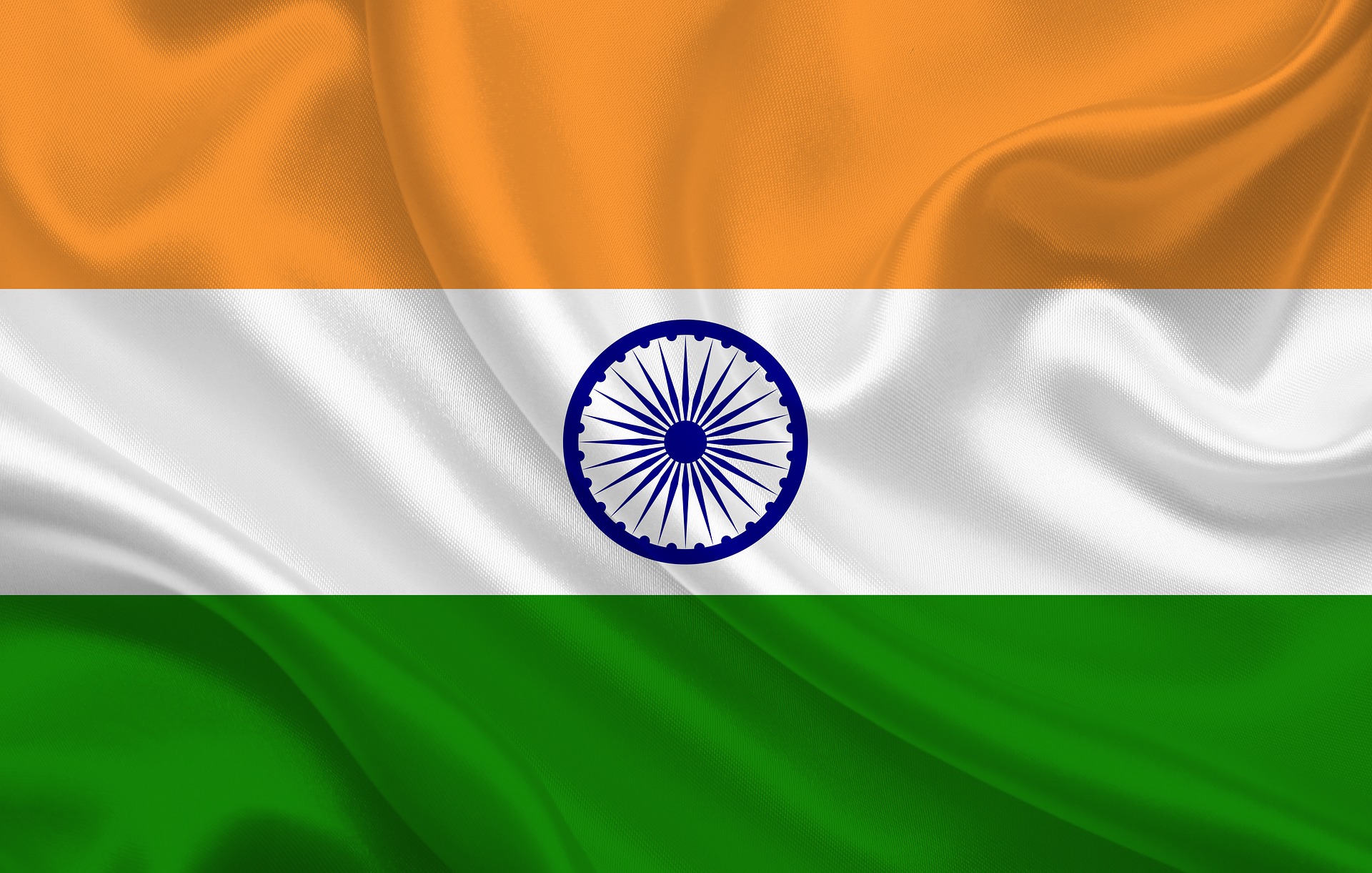Regional Elections in India: A Crucial Test for Prime Minister Narendra Modi's Third Term Ambitions
(MENAFN) Millions of citizens in the Indian states of Chhattisgarh and Mizoram are set to participate in regional elections, which hold significant implications for Prime Minister Narendra Modi's aspirations for a third term in the upcoming national elections. India, with its population of 1.4 billion, operates on a federal structure, where state legislators are chosen through regional polls, while the prime minister is elected through national elections.
Chhattisgarh, an eastern state, is poised for its initial phase of polling, while Mizoram, located in the northeast, will conduct a single-phase election. These elections bear particular weight as they encompass indigenous tribal communities, making them a crucial demographic for political parties to secure.
Currently governed by Chief Minister Bhupesh Baghel of the Indian National Congress, Chhattisgarh witnessed a shift in power dynamics in 2018 when Congress triumphed over Modi's Bharatiya Janata Party (BJP), thus concluding the BJP's 15-year tenure. The first phase of voting, commencing today, will involve 20 out of the state's 90 assembly seats, featuring over 220 candidates vying for victory. Anticipated to draw participation from over four million voters, the second phase is scheduled for November 17.
The outcome of these regional elections is closely watched, as it not only determines the governance of these states but also serves as a barometer for the political landscape leading up to the pivotal national elections. For Prime Minister Modi and his BJP party, reclaiming power in Chhattisgarh after a five-year hiatus is a crucial objective, further heightening the stakes in these regional contests.
Chhattisgarh, an eastern state, is poised for its initial phase of polling, while Mizoram, located in the northeast, will conduct a single-phase election. These elections bear particular weight as they encompass indigenous tribal communities, making them a crucial demographic for political parties to secure.
Currently governed by Chief Minister Bhupesh Baghel of the Indian National Congress, Chhattisgarh witnessed a shift in power dynamics in 2018 when Congress triumphed over Modi's Bharatiya Janata Party (BJP), thus concluding the BJP's 15-year tenure. The first phase of voting, commencing today, will involve 20 out of the state's 90 assembly seats, featuring over 220 candidates vying for victory. Anticipated to draw participation from over four million voters, the second phase is scheduled for November 17.
The outcome of these regional elections is closely watched, as it not only determines the governance of these states but also serves as a barometer for the political landscape leading up to the pivotal national elections. For Prime Minister Modi and his BJP party, reclaiming power in Chhattisgarh after a five-year hiatus is a crucial objective, further heightening the stakes in these regional contests.

Legal Disclaimer:
MENAFN provides the
information “as is” without warranty of any kind. We do not accept
any responsibility or liability for the accuracy, content, images,
videos, licenses, completeness, legality, or reliability of the information
contained in this article. If you have any complaints or copyright
issues related to this article, kindly contact the provider above.
Most popular stories
Market Research

- 1Inch Unlocks Access To Tokenized Rwas Via Swap API
- Financewire And Tipranks Partner To Redefine Financial News Distribution
- Ethereum-Based Defi Crypto Mutuum Finance (MUTM) Raises Over $16 Million With More Than 720M Tokens Sold
- Kintsu Launches Shype On Hyperliquid
- BILLY 'The Mascot Of BASE' Is Now Trading Live On BASE Chain
- Kucoin Partners With Golf Icon Adam Scott As Global Brand Ambassador






















Comments
No comment